John Provis of the University of Sheffield gives an overview of his latest publication: Durability of Alkali-Activated Materials: Progress and Perspectives.
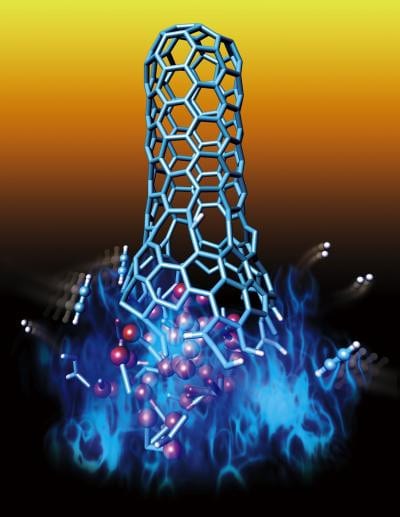
Carbon nanotubes could be grown through combustion
A research team have revealed that the molecular mechanism of carbon nanotube (CNT) growth and hydrocarbon combustion actually share many similarities.
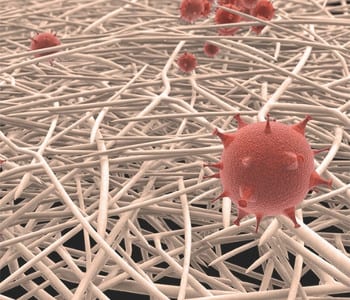
Cellulose nanofiber paper filters out viruses
Nanofiber material, derived from Cladophora algae, removes virus particles with an efficiency matching that of the best industrial virus filters.
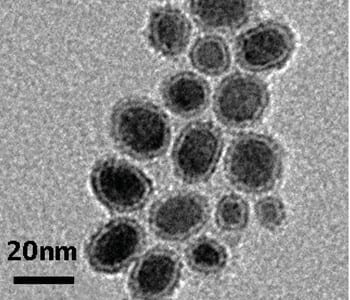
Iron carbide nanoparticles: a new platform for tumor theranostics
New core/shell structure nanoparticles have been reported by a team led by Peking University researchers.
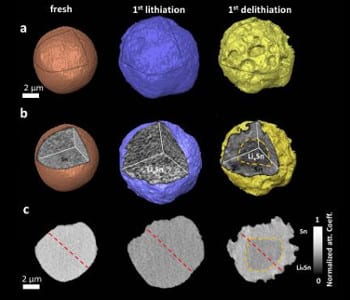
Tracking nanoscale changes during lithium ion battery operation
First 3D nanoscale observations of microstructural degradation during battery charge-discharge cycles.
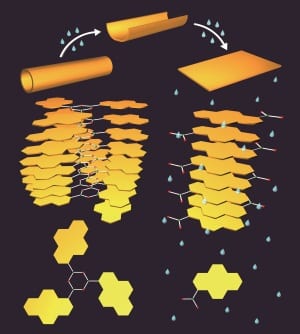
A Chemical Switch for Physical Release
Structural transformations of nanoscale boroxines allow the controlled release of guest molecules.
"Living liquid crystals" created by Argonne researchers
Liquid crystal/Bacillus subtilis mix may have interesting applications for new material design and fabrication.
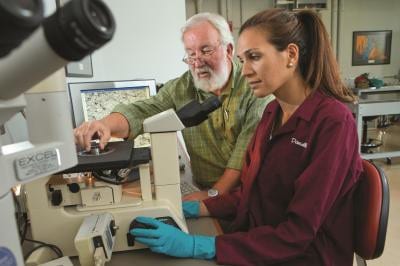
US army funds new metallurgy project
WPI is lead institution on $7.4 million army project to design better metals for vehicles.
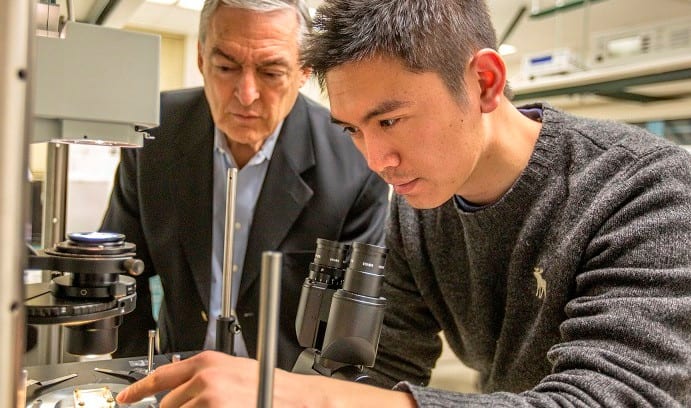
Improving plasmonic sensors to better detect biomolecules
Researchers combine nanoplasmonic architectures and interferometry to bring nanoscale biosensors to near-commercial levels of sensitivity.
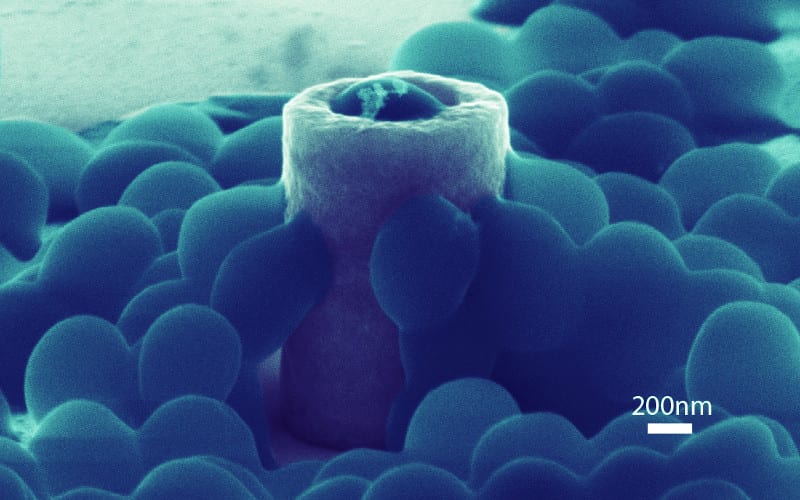
Understanding staph's relationship with nanostructures
Berkeley Lab-led research could guide the development of bacteria-resistant materials.










